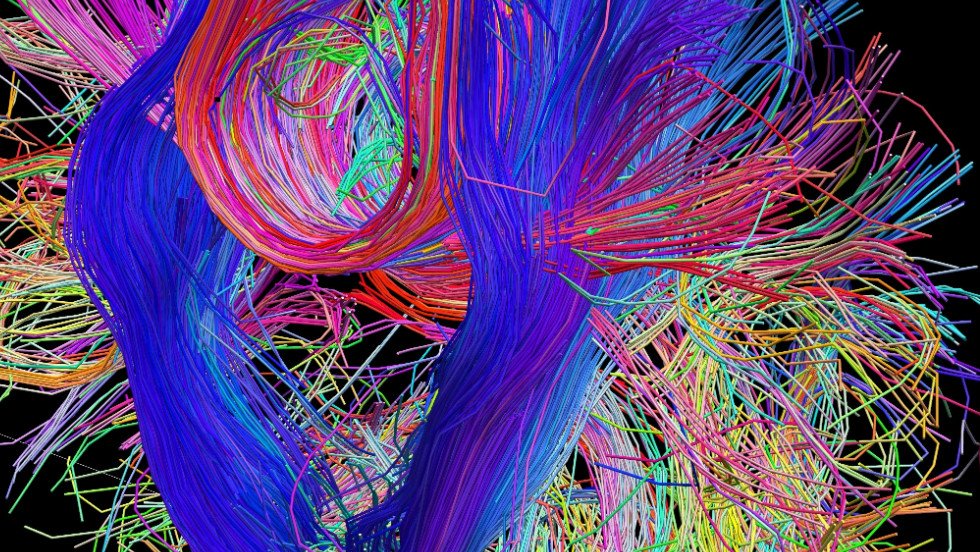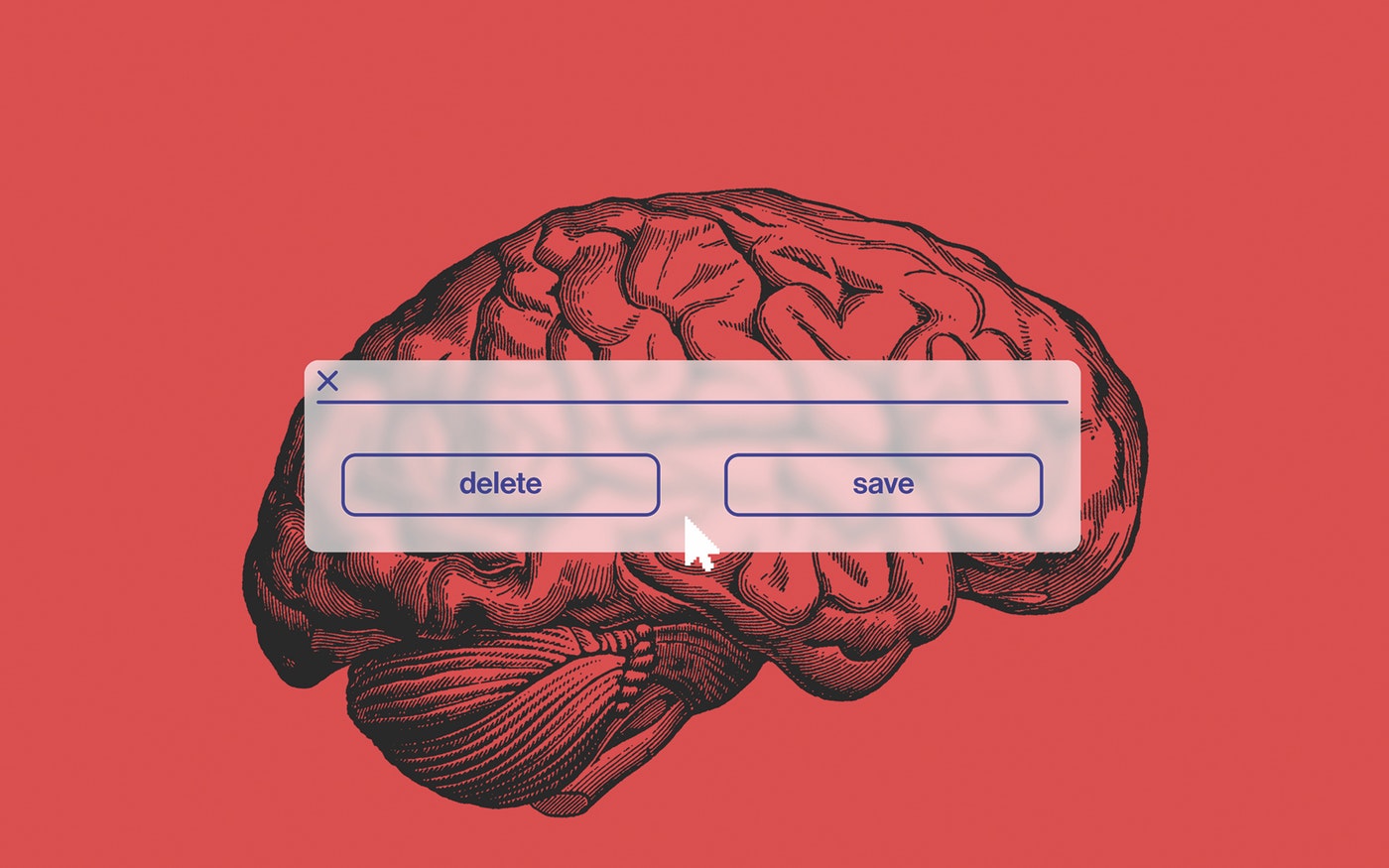What if we told you we could back up your mind? However, you must be euthanized first.
In the latest groundbreaking innovation from the bros of Silicon Valley (who brought us innovations such as scooters, riding in other people's cars, and generally "disrupting" every other industry), these Renaissance men of their era have disrupted another sector altogether: the industry of existing in corporeal form.
Is life finite? Well, we really don't know. But just in case you'd like to take your chances and stake your bets on living forever (at least in some reductive silicon data-based form), there is now an app for that. Well, not technically an app. However, there is a new and very expensive service that borrows the principle of cryogenics x1000: rather than simply reanimating such a mute thing as the body, you can now upload your entire mind to the cloud.
The only catch? They have to euthanize you first.
This service, titled Nectome, is a project of startup Y Combinator founder by MIT graduate Robert McIntyre. While we should always be aware due to the nature of digital media that hyperbole is now more habit than rarity in information delivery on the part of content creators, I am actually not exaggerating.
In pursuit of full transparency, we must address that McIntryre's service is self-admittedly experimental in function. McIntrye and his collaborating associate neurologist Edward Boyle are working hard to push the boundaries of existing neurophysiological technology to create additional options for humans to understand the mind. (If there isn't beauty in our avid desire and persistence to simply exist, I don't know what beauty there is.)
The Nectome service targets individuals with terminal disorders who would already be considering assisted suicide under Calfornia's End of Life Act.
The Nectome service largely targets individuals with terminal disorders who would already have California's End of Life Act option (a "Death with Dignity" or "Right to Die" law that permits elective euthanasia given situations of terminal illness and an individual's informed consent) at their disposal, and simply present these individuals with a newly experimental take on preserving self that may or may not work. Regardless, it's easy to see how such potentiality could appeal. And those participating in Nectome's service would, theoretically, be choosing elective assisted suicide anyways.
So maybe it's not quite as ludicrous as it seems. In any event, there's a waiting list -- and researchers are pretty confident it will work.
But how does it work?

Neuroimagery Courtesy of The Human Connectome Project, Laboratory of Neuroimaging, UCLA Randy Buckner, PhD, Martinos Center for Biomedical Imaging, MGH
The company, which is still currently sizing up investment by limiting opportunity for sales, bills itself as a "brain storage" service that combines existing theories of cryobiology, neuroscience, and computational research/information theory.
In pursuit of its methods, Nectome extends the application of cryonic stop a more meticulous application level, attempting to combine ancient Egyptian methods of embalming (discovered by cryobiologist Greg Fahy of 21st Century Medicine) with centralized focus on preserving the brain and cerebellum itself at the nanometer (one-billionth of a meter) level itself, including the web of synapse relationships, which (theoretically according to these specialists) comprise a map of memory, habits, and, even more theoretically, "selfhood" through something neurologists and psychologists refer to as connectomes.
"A connectome is a comprehensive map of neural connections in the brain, and may be thought of as its "wiring diagram." More broadly, a connectome would include the mapping of all neural connections within an organism's nervous system.
".....[Connectome-based projects attempt to] navigate the brain in a way that was never before possible; fly through major brain pathways, compare essential circuits, zoom into a region to explore the cells that comprise it, and the functions that depend on it.
"[They] aim to provide an unparalleled compilation of neural data, an interface to graphically navigate this data and the opportunity to achieve never before realized conclusions about the living human brain."
Ken Hayworth, neuroscientist and advocate of the Nectome project who is also president of the fringe organization The Brain Preserve Foundation, is fundamentally a theorist but also a well-esteemed expert in his field. Hayworth describes the theory of preserving connectomes through advanced technology and the theory behind Nectome's hypothesis: "If the brain is dead, it’s like your computer is off, but that doesn’t mean the information isn’t there."
“Speaking personally," Hayworth continues, "if I were a facing a terminal illness I would likely choose euthanasia by [this method].”
The Nectome project has won a $960,000 federal grant from the U.S. Institute of Mental Health for its research work on "whole brain nanoscale preservation and imagery" for what the organization refers to as a potentially applicable technological with "commercial applications" as disciplines grow to further develop models of the mind and operative methodologies for managing its processes -- both to our will and, theoretically, our benefit.
What do you think of the Nectome project? Would you upload your mind?
